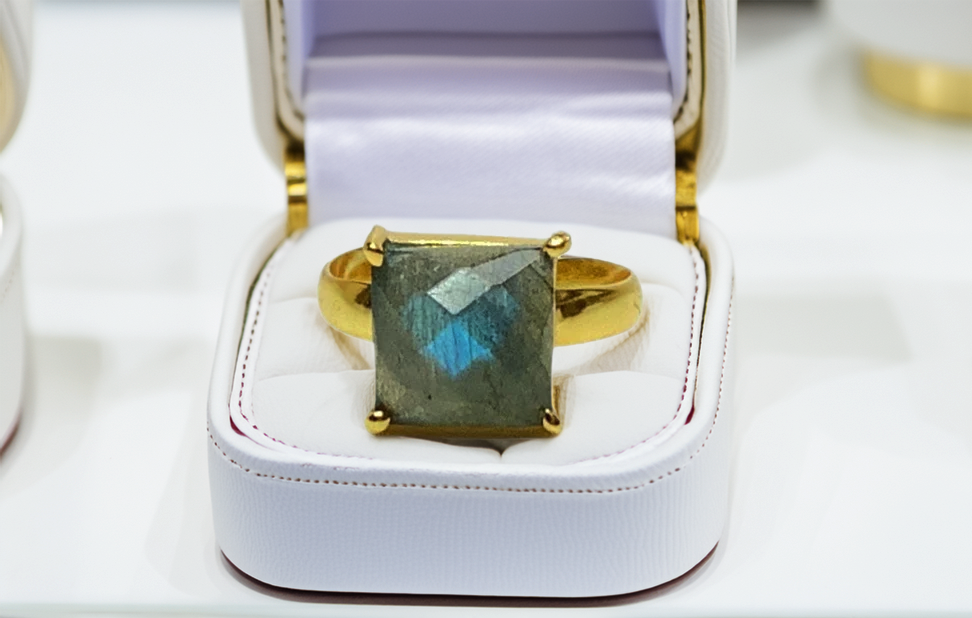June's birthstone, the moonstone, is a gem steeped in mystery and enchantment. Known for its captivating adularescence—a unique optical phenomenon that produces a milky, bluish light on the surface of the stone—moonstone has been revered across cultures for centuries. This ethereal glow, reminiscent of the moon's soft sheen, is caused by light scattering within the layers of feldspar minerals that compose the stone.
Moonstone's allure extends beyond its visual beauty; it is rich with mythological significance. Ancient Romans believed moonstone to be solidified moonbeams, while in Hindu mythology, it is considered sacred and thought to be imbued with the light of the moon. This connection to lunar energy has made moonstone a symbol of femininity, intuition, and emotional balance. It is often associated with the goddess Diana, the Roman goddess of the moon, and is thought to bring its wearer serenity, protection, and good fortune.
Throughout history, moonstone has been used in various forms of jewelry, from ancient talismans to Art Nouveau pieces. Its delicate beauty complements both silver and gold settings, making it a versatile gemstone for modern designs. Moonstone's soft translucence pairs beautifully with other gemstones, allowing for creative and intricate jewelry pieces.
The gem is primarily found in Sri Lanka, India, and Madagascar, with each location producing moonstones of distinct hues and qualities. The most prized moonstones exhibit a blue sheen and high transparency, but the gem can also come in shades of peach, gray, green, and rainbow.
Caring for moonstone requires gentle handling due to its relatively low hardness on the Mohs scale (6 to 6.5). It is best cleaned with mild soap and water, avoiding harsh chemicals and ultrasonic cleaners. Storing moonstone jewelry separately can prevent scratches and preserve its mystical glow. As June’s birthstone, moonstone continues to enchant and inspire with its otherworldly beauty and profound symbolism.


